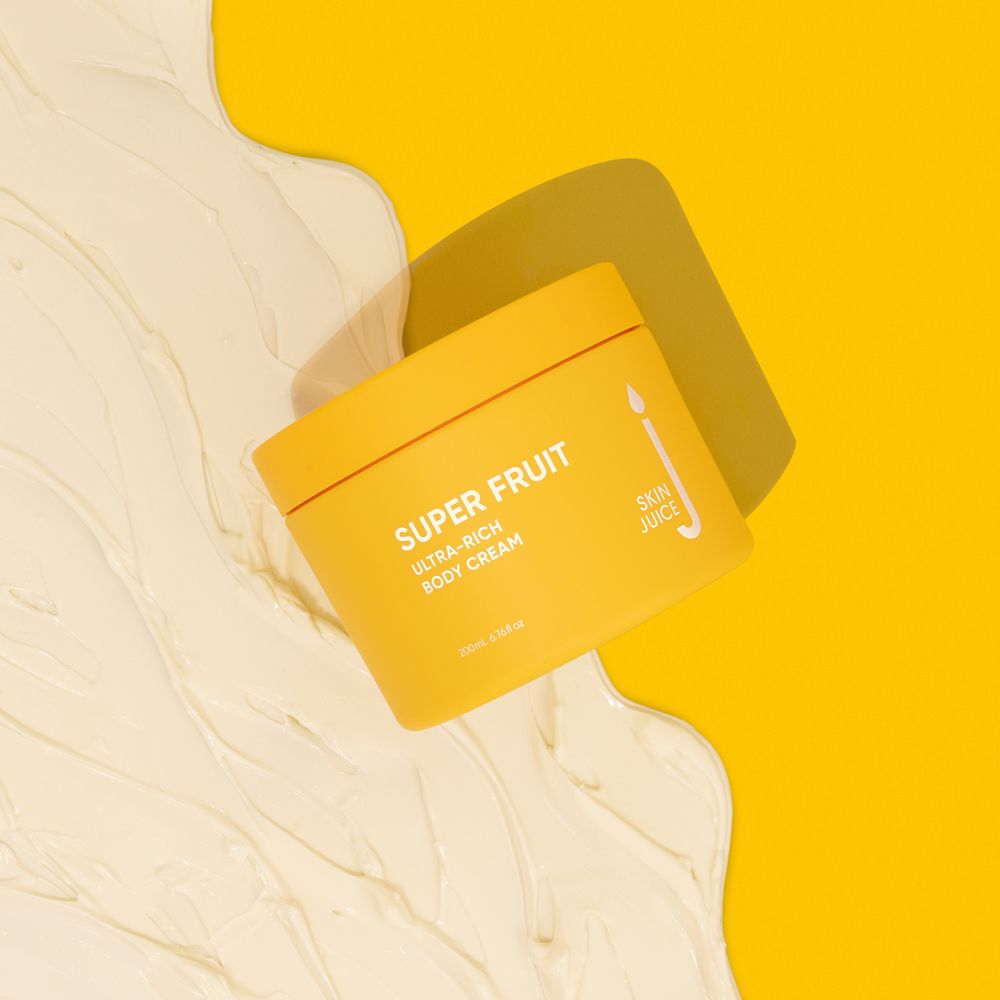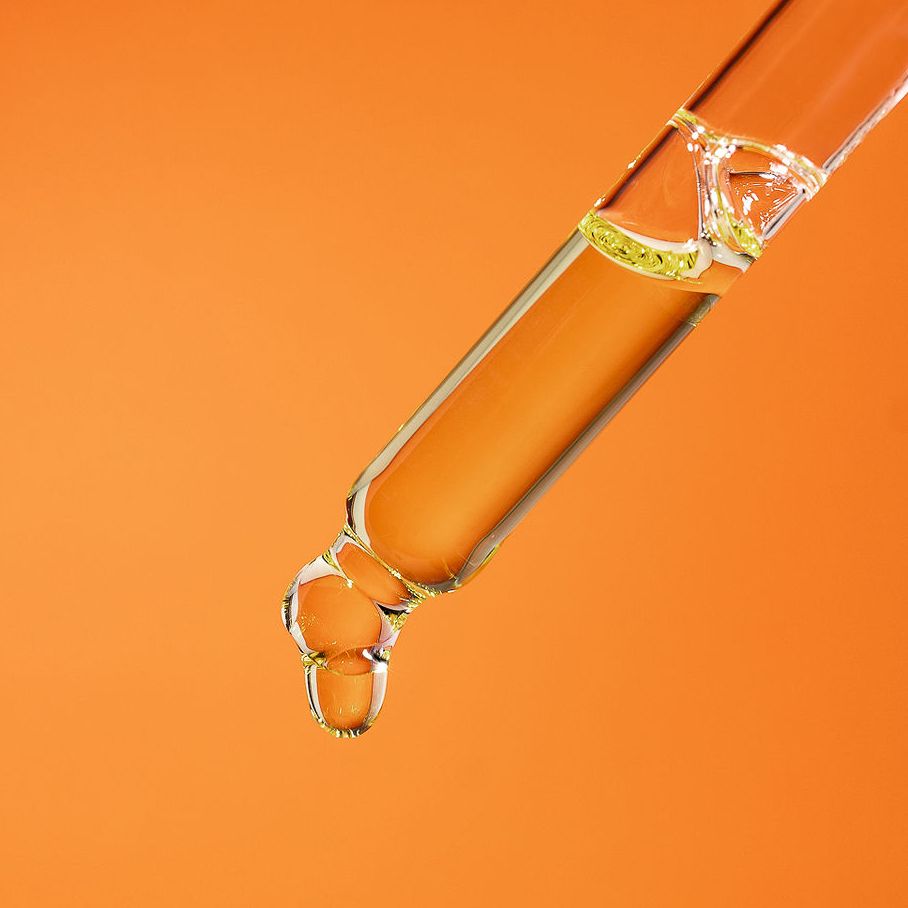Physical and chemical sunscreens explained
The Juice Press
Skin Therapy
Physical and chemical sunscreens explained
9 January 2020
Sunscreen is a critical step in any skin care regime to help you maintain healthy and radiant skin and it’s also one of the most powerful tools in your arsenal to help slow the signs of ageing.
Sunscreen can also be a product that can come with some confusing terms. Besides the SPF rating, it seems that the other product feature that attracts scrutiny is whether or not the product is a physical or chemical sunscreen.
But what does this mean and what is the difference?
PHYSICAL SUNSCREENS
As the name suggests, physical sunscreens provide a physical barrier between your skin and the sun. They contain mineral filters, the most common of which are titanium dioxide and zinc oxide. Physical sunscreens sit on the surface of the skin, reflecting and scattering UV rays and are naturally broad-spectrum, protecting against both UVA and UVB rays.
Technology and manufacturing advancements in recent years have also meant that these sunscreens are no longer the thick and hard to spread versions you may remember from the past.
Physical sunscreens tend to be used in natural products and are ideal for sensitive skin, especially children’s skin. Ultimately physical sunscreens are great for all skin types, so long as you are cleansing your face properly at night.
CHEMICAL SUNSCREENS
Unlike physical sunscreens, chemical versions penetrate the epidermis and absorb UV rays rather than reflecting them. A chemical reaction then occurs with the body whereby the chemical compounds of the sunscreen convert the UV rays to heat, which is then released from the skin in order to protect it.
The vast majority of sunscreens on the market are likely to be chemical sunscreens. While this type of sunscreen has historically been portrayed as easier or more lightweight to apply, some chemical filters have also been known to cause allergic reactions and irritation in sensitive skin. There are also more studies that indicate that these kind of protectants can have a negative effect on environmental ecosystems, like coral reefs.
WHAT'S IN OUR SUN JUICE SUNSCREEN?
Both the Tinted and Untinted variants of our Sun Juice contain the physical protectants including uncoated zinc oxide and non-nano particle titanium dioxide. They also contain a number of antioxidant rich ingredients such as Kakadu Plum, Resveratrol and Green Tea that help protect against the free radical damage UV rays pose.
P.S. Found yourself caught out in the sun and have some skin in need of post-sun care? Our staff have all been using Bio Juice and Green Juice to help hydrate and soothe any skin in need of some extra TLC.


